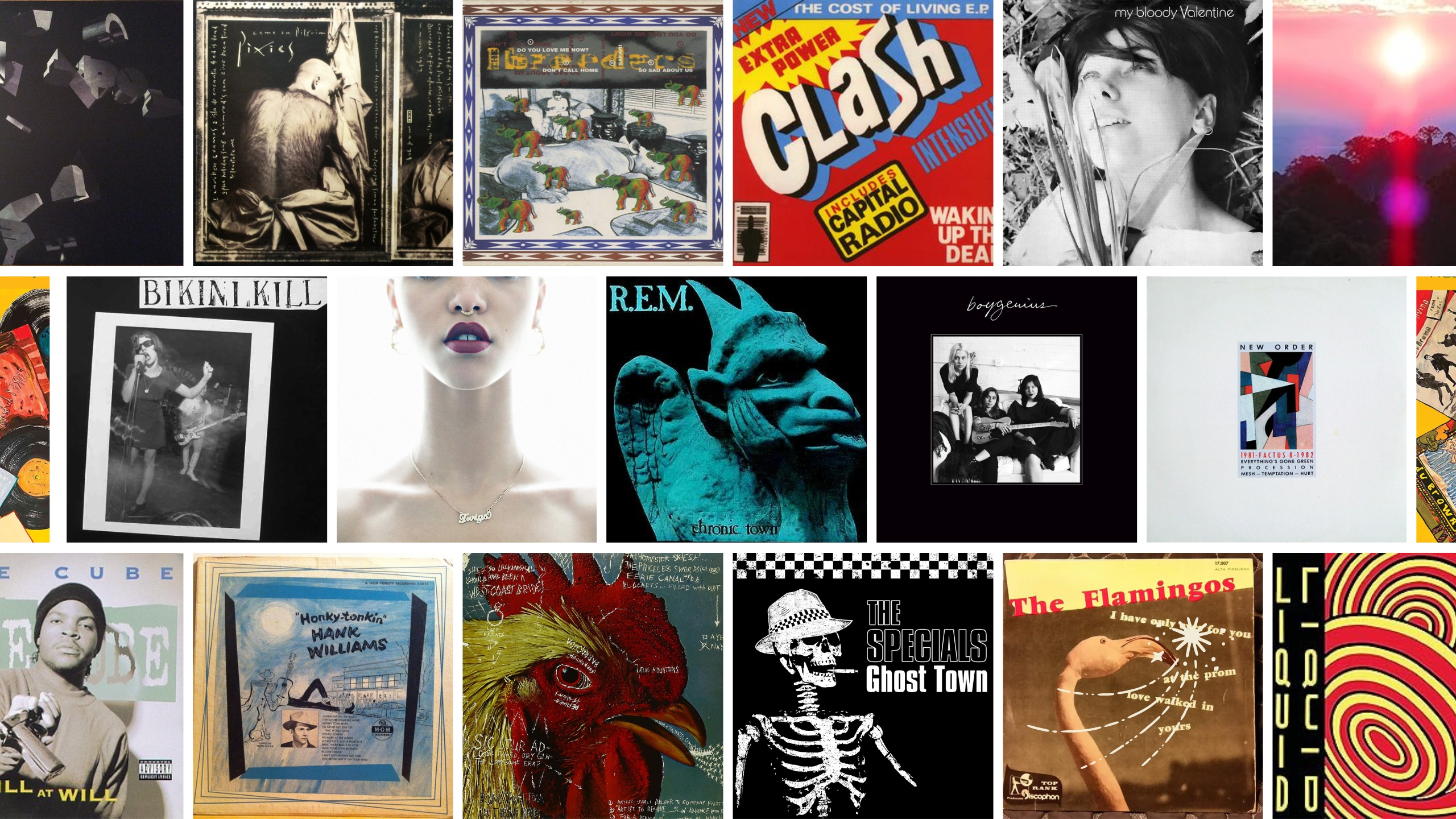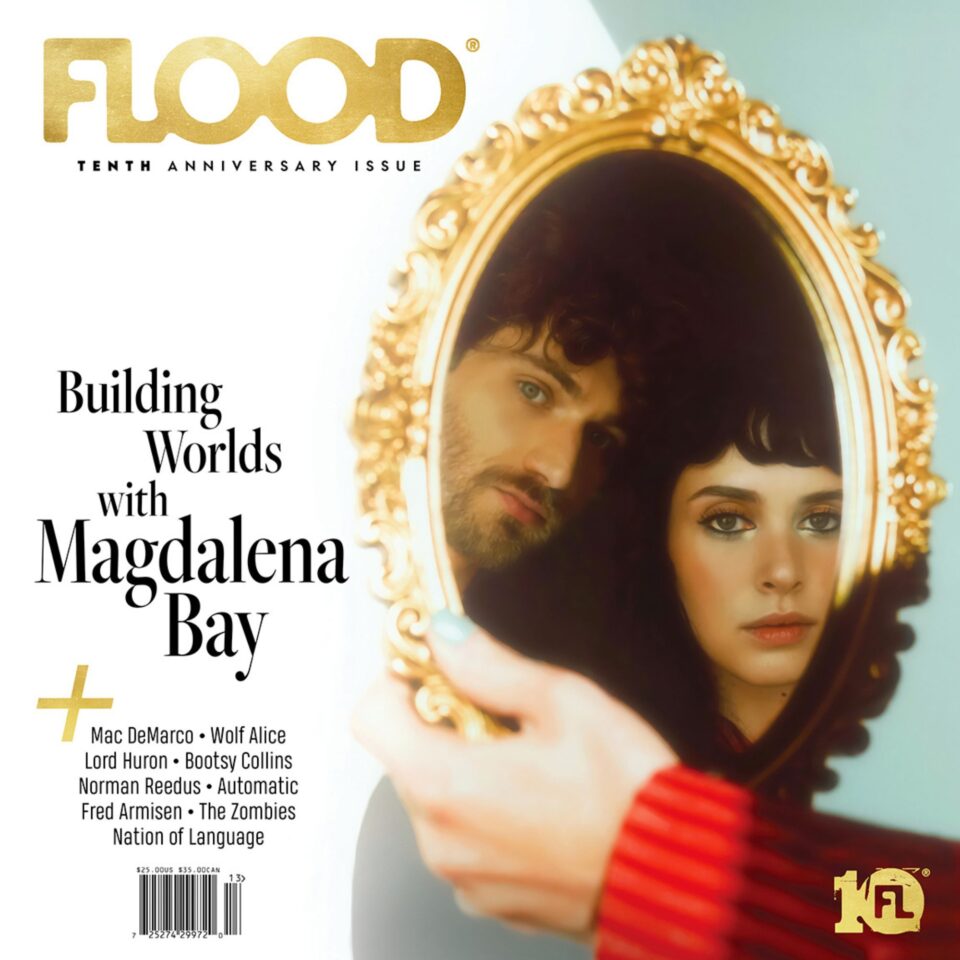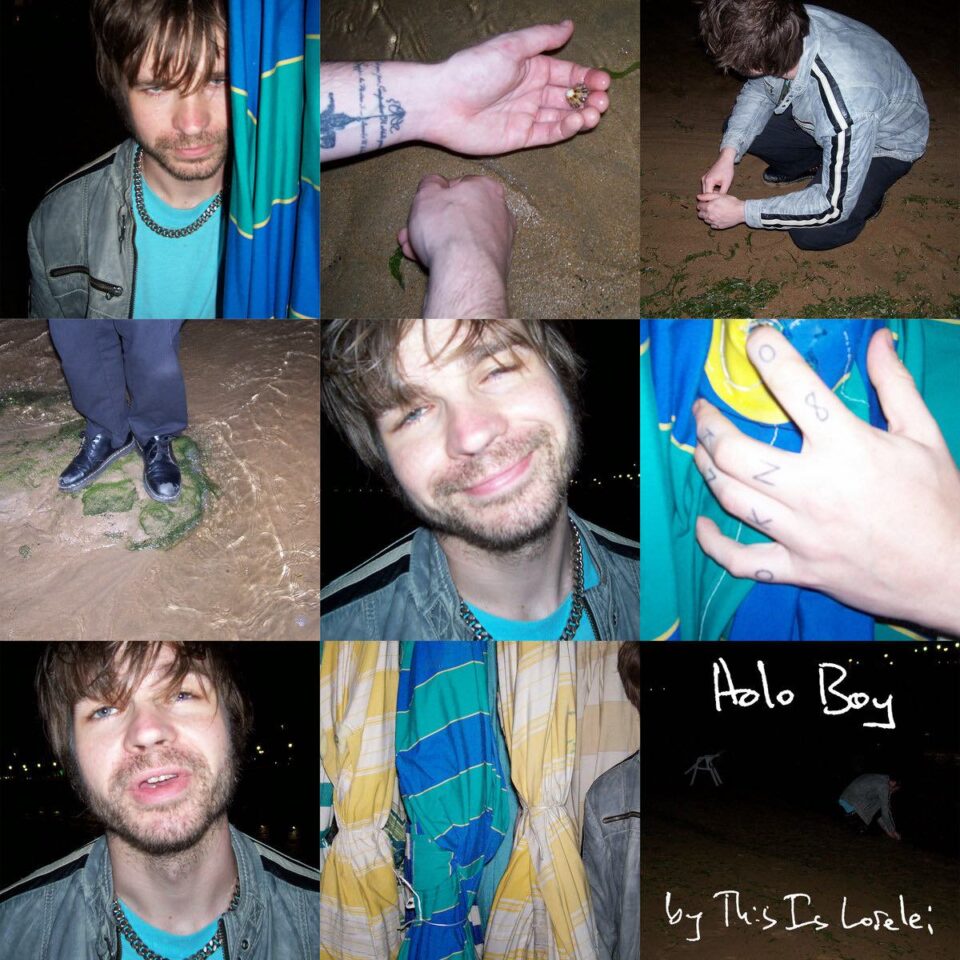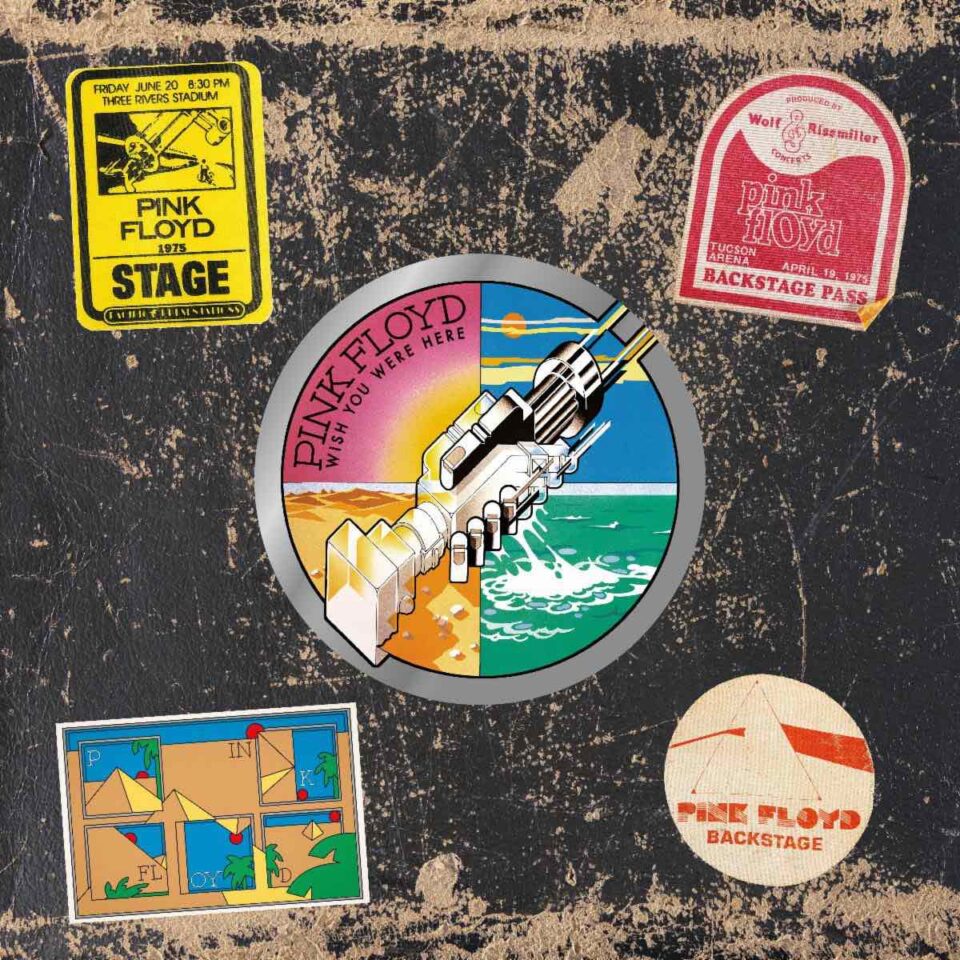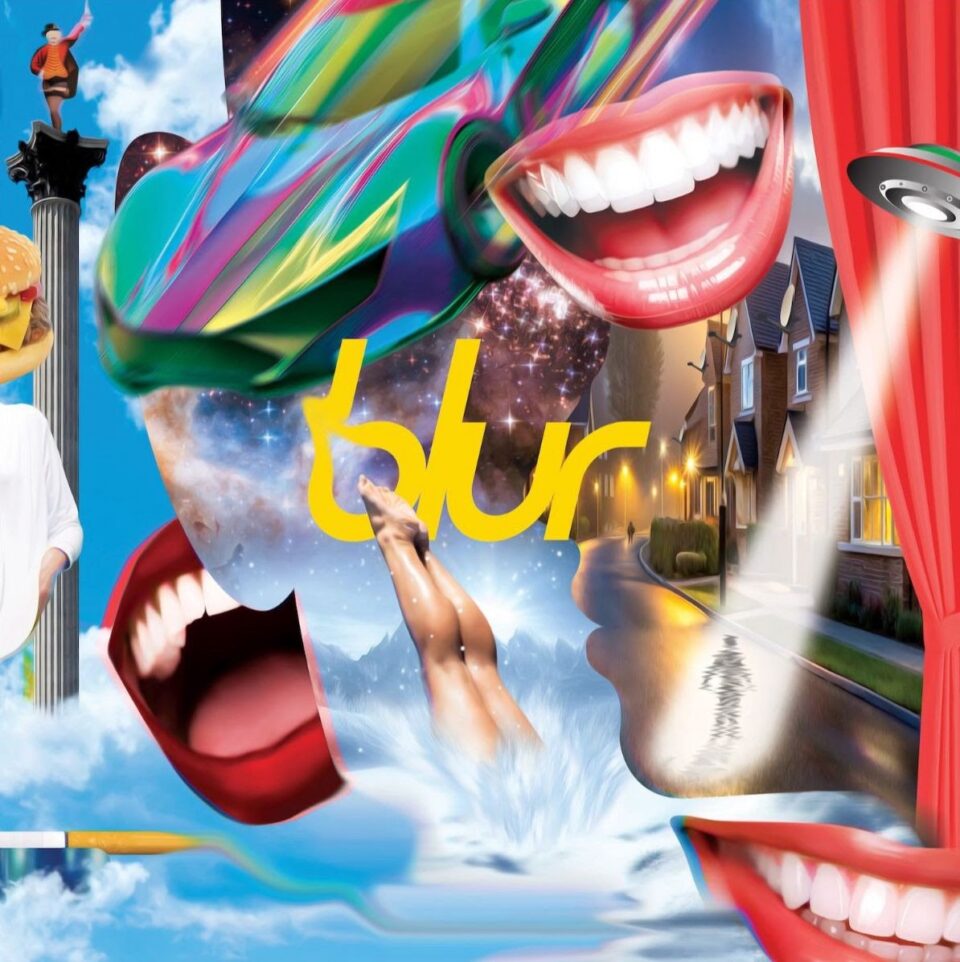The EP has long been perceived only in reference to the LP as some annoying-little-brother format that tags along artists’ discographies, just filling up space between supposedly more legitimate full-length records. Sure, sometimes EPs take the form of a post-LP drafts dump to satiate fans when interest in that recent release begins to wane, but it’s hard to overlook the countless examples of times where the EP format served first as a fascinating preview into an artist’s next chapter and later as a snapshot of their evolution.
Veteran music journalist Corey duBrowa would argue that there are at least 200 iconic examples of this being the case. In fact, he has argued this in his new book An Ideal for Living: A Celebration of the EP, which both makes a case for the format’s legitimacy and backs that claim up with a fairly bulletproof top-25 EPs list for every decade dating back to the 1950s. From the Joy Division release referenced in the book’s title to the iconic Simon & Garfunkel collection depicted on the book’s cover and well beyond, duBrowa is intent on helping readers understand the value of these truncated tracklists as being much more than an afterthought in an artist’s oeuvre.
With the book being released this Friday, duBrowa gave us a preview of some of the titles he discusses by compiling a playlist for us listing some standout tracks from those releases. Additionally, he enlisted the help of some of the book’s contributors to share their picks, including Bratmobile’s Molly Neuman and Eyelids’ Chris Slusarenko, as well as the writer of An Ideal Living’s foreword, Spoon’s Britt Daniel. Pre-order the book here via Hozac Books, and find their playlist and words below.
Bikini Kill, “Thurston Hearts The Who”
Molly Neuman: Every song on this 1992 EP has meaning to me—especially “Thurston Hearts The Who,” which features my 21-year-old punker voice reading an article of critique while the band plays along behind. It’s a sonic pastiche that still sounds extremely effective.
The Breeders, “Safari”
Corey duBrowa: What do you hear when you throw together Pixies’ bassist, Slint’s drummer (billed here under the nom de rock “Mike Hunt,” ha), and Throwing Muses’ frontwoman? You get “Safari,” the only work that included both Kelly Deal and Tanya Donnelly as full Breeders members. A woozy, twangy affair that bridges the raw and noisy Pod and the commercial slickness of Last Splash.
The Clash, “I Fought the Law”
Corey duBrowa: The band’s 1979 EP The Cost of Living saw them transitioning from the furious punk of their first two albums to the broader, more American-influenced rock ’n’ roll that was yet to come on London Calling. Their cover of Sonny Curts’ song became one of their most definitive recordings, and it remained in their live set (and Joe Strummer’s too, post-Clash, including his stint with The Pogues) for the rest of their career.
The Flamingos, “I Only Have Eyes For You”
Corey duBrowa: Flamingos exist on the same tier as their predecessors, The Mills Brothers, and their successors, The Drifters and Temptations: the pinnacle and quintessence of their era. Pop music wanes and surges, but the tradition of the Black male vocal group reigns as a throughline from the Swan Silvertones to Boyz II Men, and their otherworldly smash hit from 1959 never fails to seduce, even now.
FKA twigs, “Water Me”
Corey duBrowa: With vocals that sound like vespers and percussion that grinds like a vintage grandfather clock, this track represents the full flowering of twigs’ early vision to twist R&B and electronic music together like a poison-frosted pretzel.
Ice Cube, “Dead Homiez”
Corey duBrowa: Parked as it was between Cube’s solo debut AmeriKKKa’s Most Wanted and his sophomore-hit release Death Certificate, his 1990 stopgap EP Kill at Will contained at least two outright classics, of which “Dead Homiez” is the most memorable: a devastating, uncharacteristically despairing mix of the personal and the political that neatly presaged Cube’s surprisingly nuanced acting turn as Doughboy in the gang-estate drama Boyz n the Hood.
Interpol, “NYC”
Corey duBrowa: A lazy, stoic, slow-builder of a track anchored by Sam Fogarino’s powerfully inventive drumming, singer Paul Banks’ ennui-infused vocals, and guitars that howl and whine like the underground subway cars the band fetes here. By the time it reaches the soaring outro of “It’s up to me now, turn on the bright lights,” you can imagine Matador A&R guy Gerard Cosloy racing as fast as his feet will carry him to add them to the label’s roster.
My Bloody Valentine, “You Made Me Realize”
Corey duBrowa: Equally influenced by the guitar noise of Sonic Youth’s Thurston Moore, Dinosaur Jr.’s J Mascis, and large quantities of cannabis, this 1988 EP marked a significant change of direction for the band, one in which they adopted a noisier sound and a more experimental approach toward effects pedals and conventional methods of guitar-playing. I’ve seen them perform this track live for up to 15 minutes at volumes that would sterilize an elephant. Mesmerizing.
New Order, “Temptation”
Corey duBrowa: Following the devastating loss of their former singer Ian Curtis to suicide, at some point in 1981 the band formerly known as Joy Division discovered Italodisco, New York City nightlife and its corresponding dalliance with freestyle and electro, and—inspired by what they heard—began to experiment with drum programming and sequencers. “Temptation” is the exact moment when Joy Division morphed into New Order, changing the sound of dance music forever.
Pavement, “Frontwards”
Britt Daniel: Their 1992 EP Watery, Domestic contained the more classic songwriting of Crooked Rain, Crooked Rain, but also the scrappiness of the band’s debut, Slanted and Enchanted.
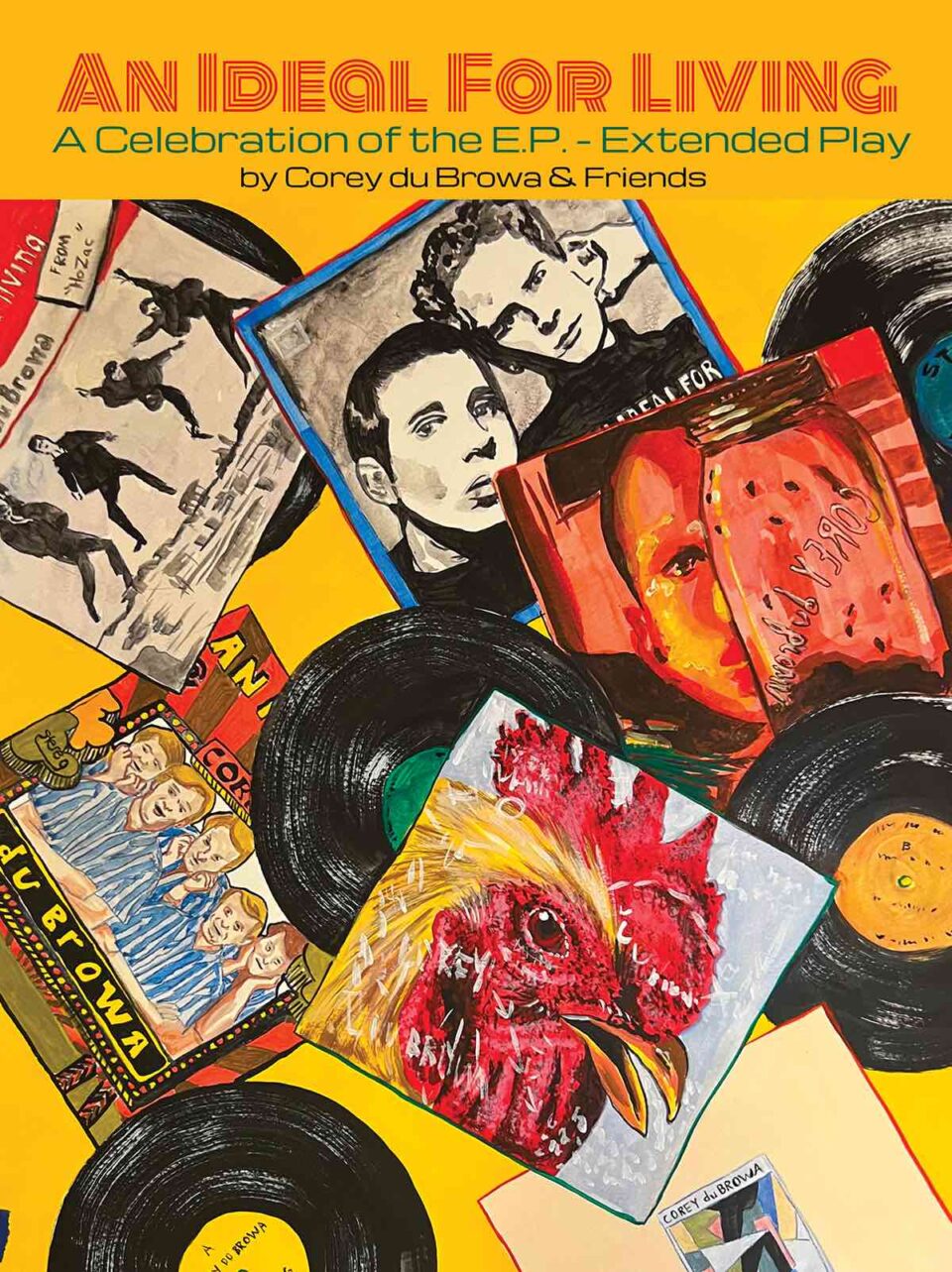
Pink Floyd, “See Emily Play”
Corey duBrowa: This early version of the band featured original frontman and visionary Syd Barrett (who would inspire the damaged madman at the center of the band’s epic sprawler, The Wall, years later), and this EP finds them at the vanguard of classic ’60s psychedelic rock, straining against its limits. This track’s final image of a gowned girl floating away on an endless river—“forever and ever”—isn’t foozle-headed hippie-dippy noodling, but something murkier, and far more darkly dazzling and destabilizing.
Pixies, “Levitate Me”
Corey duBrowa: Frontman Black Francis’ hypnotic closing mantra to his band’s 1987 debut EP serves as the indelible introduction to the raw punk playfulness, surreal lyricism, and the signature loud-quiet-loud songwriting style that would grace and influence the alternative music scene for the next two decades.
The Pretenders, “Talk of the Town”
Corey duBrowa: A shimmering, tuff/tender hybrid that came to represent the summit of Chrissie Hynde’s work with her most definitive lineup of The Pretenders. It all succeeds thanks to the chops of the players and Hynde’s warm delivery as a singer and leader; she sounds fierce, but there’s heart in this material. Following the overdose deaths of guitarist James Honeyman-Scott and bassist Pete Farndon in 1982 and 1983, respectively, Pretenders’ sound evolved, and it’s fair to say that what you hear on this 1981 EP is the band at its absolute peak.
R.E.M., “Gardening at Night”
Corey duBrowa: From what might be the most important EP of its era, 1982’s Chronic Town, this track serves as the core of the band’s debut: the layered sound of Peter Buck’s rapidly jangling guitar, Bill Berry’s beat, Mike Mills’ contrapuntal melodic bass lines, and frontman Michael Stipe’s murmur-singing his obscure(d) lyrics created a compelling combination that is at once immediate and yet grows stickier with repeated listens. The cover art—a blue gargoyle, head in hands, tongue out, a meld of mirth and meditation—beckons the listener to explore this night garden music, to reckon with the carnival of sorts of the grooves within.
Liquid Liquid, “Cavern”
Corey duBrowa: With its instantly recognizable bassline and rhythm appropriated without permission by the Sugar Hill Records house band for Melle Mel’s anti-cocaine classic “White Lines,” ”Cavern” makes this band’s 1983 EP Optimo an indispensable part of the NYC canon circa anytime, merging quintessential Lower East Side tension and paranoia with Danceteria-ready grooves
Grouper, “Headache”
Corey duBrowa: Liz Harris—the one-woman, do-it-all singer/songwriter/musician who essentially is Grouper—is the sound of someone disappearing before your very eyes; an ache with no underlying injury; a whisper from an unseen voice. “Headache” steadily marches forward with a strummy, droned-out set of chords upon which she pours reverb-heavy vocals that tell you much more than the sum of their (weighty) words: It might be a story of self-harm; it might just be the combined psychic weight of a lifetime of sadness and disappointment. Both things can be true. Any which way, it’s a burden that feels weightless yet impossible to bear, all at once.
Elizabeth M. Drummond, “Bullet”
Corey duBrowa: A spare Elliott-Smith-meets-Beth-Orton acoustic ballad with strings and steel guitar that fills its spaces with miniaturized details and an exhausted, exquisite sadness that finally pulls the curtain back to reveal who Drummond really is: a rare pop craftswoman with enough talent and attitude to boldly fly on her own, long after the ashes of her former band Little May have been scattered to Drummond’s native Aussie trade winds.
boygenius, “Souvenir”
Corey duBrowa: The magic combination of Julien Baker, Phoebe Bridgers, and Lucy Dacus as boygenius set the music world alight in 2023, but the group’s origin story starts with a thoughtful 2018 EP that fuses each member’s strengths—devastating indie-folk, expansive emo-rock, and introspective indie-pop—into a collection full of emotional suckerpunches. Here, Baker takes the spotlight on the first two verses of “Souvenir,” a moody song about unfulfillment and disappointment.
Hank Williams, “Honky Tonkin’”
Corey duBrowa: Back in 1954—in the days before “greatest hits” compilations existed—Hank’s eponymous eight-track EP was fighting well above its weight class, throwing in the title track along with seven other country hit parade songs to create one economical package. This single version from 1948 is a slice of proto-rock ’n’ roll featuring the sublime slide guitar of his Drifting Cowboys; Ol’ Hank squeezed a lifetime of greatness into 29 years of hard-fought living, and this track demonstrates just how lasting his stories and influence have proven.
The Specials, “Ghost Town”
Chris Slusarenko: Still probably my favorite EP of all time. At the age of 12 (back in 1981, when the record first came out), I knew nothing about the racial, economic, and political pressures that were pushing down overseas, but this EP laid it all out for me within just three songs. A world I knew nothing about crystallized so cinematically in under 14 minutes. It also haunted the hell out of me: “Why did you try to kill me? Tell me why, tell me why, tell me why?”

